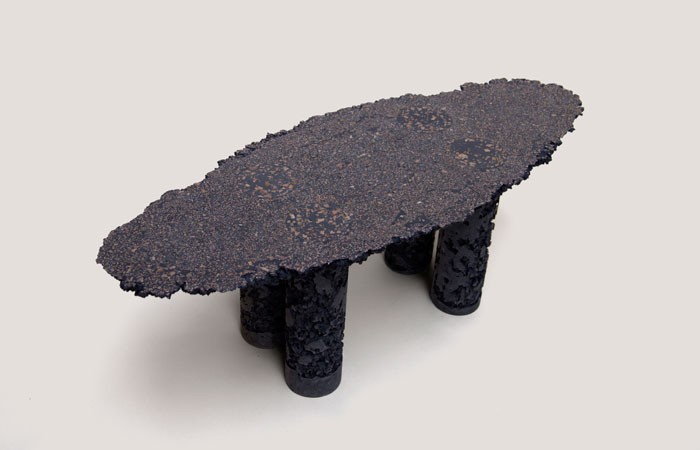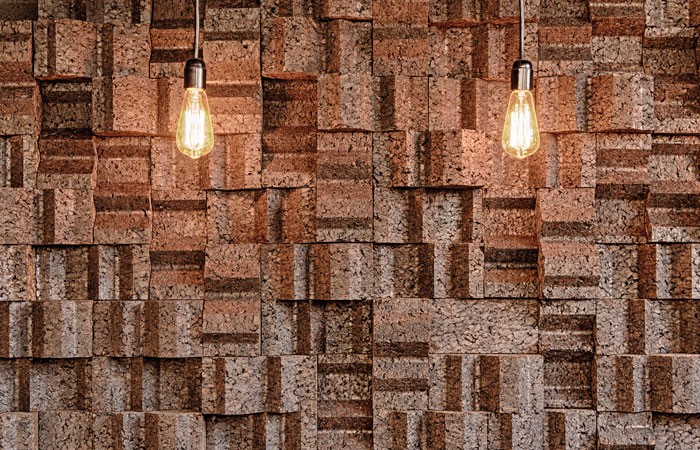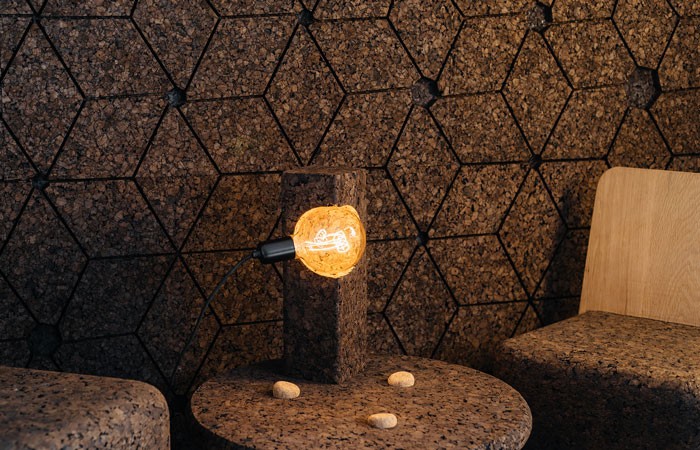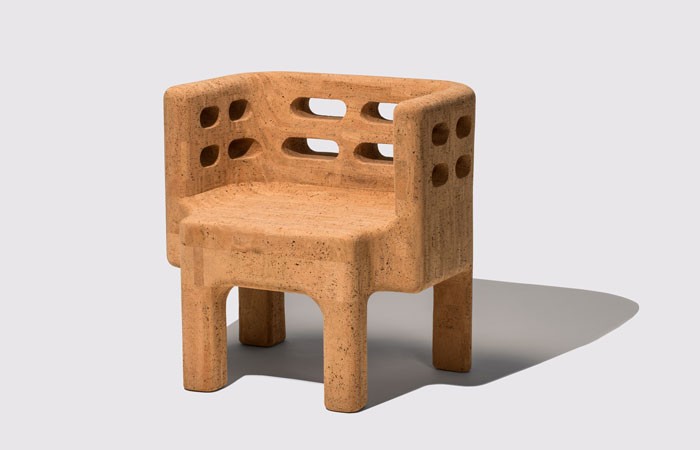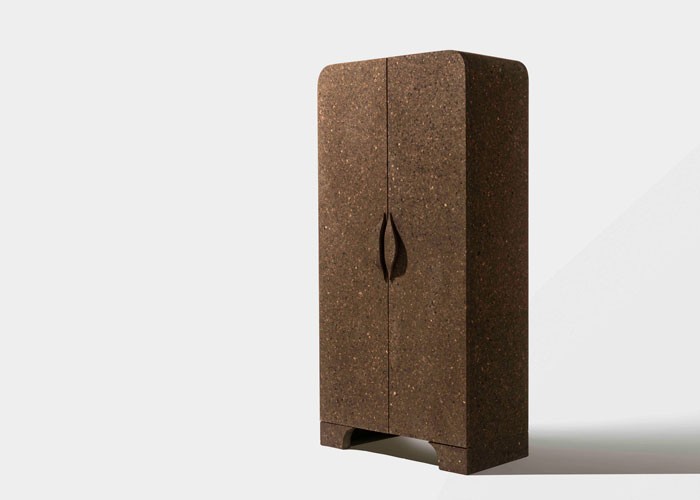Peeling back the surface of cork
Take yourself back to 1688 and imagine this conundrum; you’ve created a new form of carbonated wine made from the uncommonly used white grape, but you can’t keep those bubbles in. This was the scenario that French Benedictine monk Dom Pierre Perignon found himself in. Having created what would turn out to be one of the worlds most distinctive and expensive drinks, in the form of Champagne, his natural inclination was to follow in the footsteps of the Greeks and Romans; he turned to cork. Using wire to hold his stopper down, he managed to contain the precious liquid within, whilst ultimately shaping the convention of podium finishes in the decades to follow.
Fast-forward to today and it’s estimated that around 60% of all cork consumption goes into cork stoppers.
But what is cork? Why has this then novel, now firmly established usage continued? And how else can cork be used…bottle stoppers are a little niche after all.
Put simply, cork is a bark tissue that is extracted from Quercus Suber, or Cork Oak. It’s main constituent, Suberin, is a hydrophobic substance and this water resistance goes a long way in explaining why Perignon and others have utilised it, although it’s not the only reason. In fact, this naturally grown material offers a host of useful properties. Not only can it be shaped and formed relatively easily but also it is buoyant and compressible; the perfect solution for bottle stoppers. But cork is also fire resistant, non-allergenic and has positive thermal and acoustic properties. And as such it’s been used in a tremendous range of applications, from cricket balls, shuttlecocks and wind instruments to spacecraft heat shields, postage stamps and flooring.
To add to this, being a naturally grown material, cork is also a sustainable material. And even more so than it’s cousin, wood, the harvesting of cork does not require the cutting down of the tree it comes from. Extracting the bark from the tree is an ancient technique and one that has been perfected. Cork Oak trees mature at 25 years old and can live for up to 300. They can be harvested every 9 years, with each yielding around 15 harvests on average, which is a lot of cork.
Yet, strangely it seems, cork is not widely shouted about and used in interior applications here in the UK. This may in part be due to the fact that the Quercus Suber is not native here, instead growing in warmer climes of the Mediterranean. Portugal produces around half of the annual global cork harvest and it plays an important role in the countries economy and identity, with a huge network of individuals playing a role in it’s production from farmers and land owners right through to processing factories and suppliers.
And it’s a network that operates as more of a community, rather than a competitive market, which has helped it to thrive. As Brimet Silva, Creative Director of Gencork explains:
“Companies realized that by joining forces they can reach an international audience in a quick and efficient way. There is an association called APCOR, which has a very important role in communication between companies, developing not only new collaborations but also creating global marketing and communication strategies.”
Having only entered into the British market in the last year, Gencork’s 3-Dimensional forms are still very new over here, but Brimet is hopeful that such beautiful forms, coupled with the materials natural properties will cause a ground swell of appreciation and demand, but that the Portugese way of working together may still be necessary, “Cork is so versatile, sustainable, recyclable and 100% natural. However, we also need big brands with cork products that can produce high-quality products. In my opinion, I think that we need an awesome product made of cork, which works like sparks. Jasper Morrison and Herzog de Meuron have done some great objects, but perhaps we need more.”
There are other examples out there, one such being the ‘cork terrazzo’ objects made by Odd Matter. Mixing granulated cork with plaster, the studio has made cast objects including shelves, tables and lights that take on rocklike forms inspired by the landscape from which the cork originated – in this case the Var region in the South of France. Even more recently, the Campana Brothers launched the Sobreiro collection, which consists of an armchair and 3 cabinets made from cork. Ever experimental and open when it comes to material selection, the Brazilian duo set upon cork as a result of being invited to participate in the Experimenta Portugal 2018 by the Consulate General of Portugal in Sao Paulo. The materials unique connection to the country, coupled with its many useful properties made an immediate impression upon them as Humberto Campana explains:
“Portugal connected me with my roots. The experience of the trip was amazing and brought to the fore an awareness of my Portuguese heritage. Cork has always fascinated us, not only because it is an ecological material, but because of its lightness. The texture, variety of applications and isolating enrich the possibilities of expressing through this material a lot of new concepts and gestures.”
Whilst we may not be able to feel such deep connections to cork and the deep roots (excuse the pun) of where it comes from here in the UK, the multitude of properties that it exudes surely makes cork a standard ‘material of choice;’ one that we see used in a variety of ways in a plethora of interiors in the near future.





